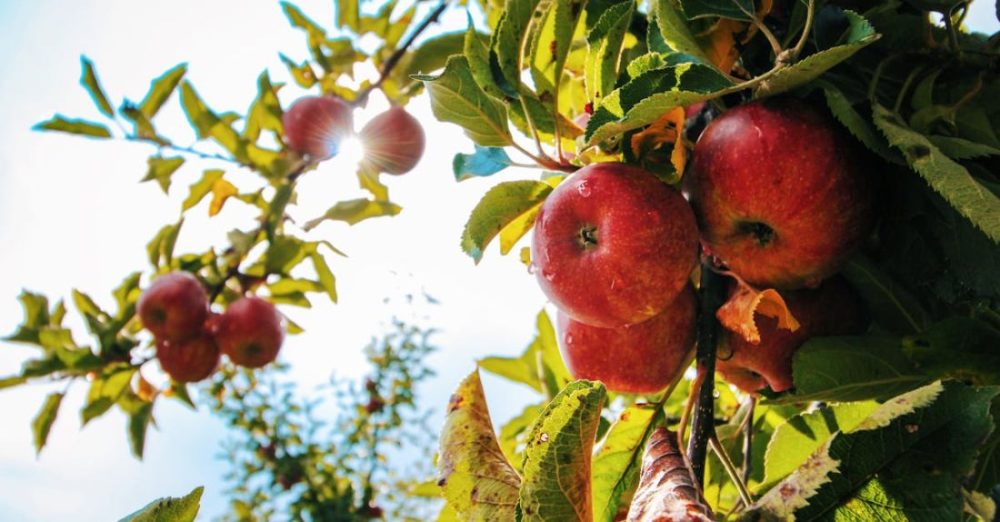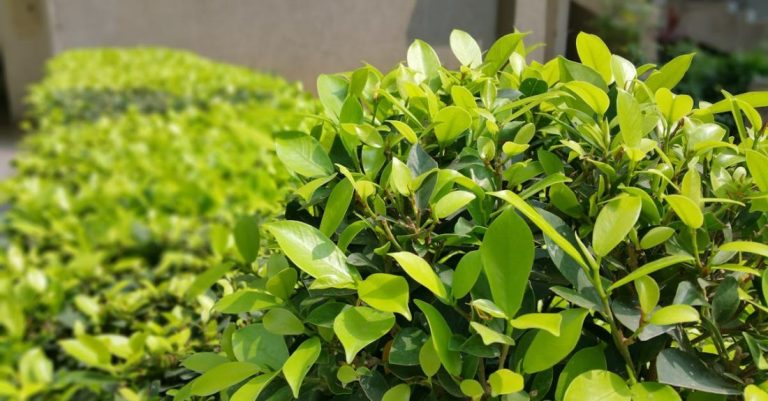
Pruning fruit trees is a crucial aspect of their maintenance that can significantly impact their health, productivity, and overall appearance. By following the best practices for pruning, you can ensure that your fruit trees thrive and produce bountiful harvests year after year. In this article, we will discuss some essential tips and techniques for effectively pruning fruit trees.
Understanding the Importance of Pruning
Pruning is essential for maintaining the health and vigor of fruit trees. By removing dead, diseased, or damaged branches, you can prevent the spread of diseases and pests and promote better air circulation and sunlight penetration throughout the tree. Pruning also helps to shape the tree, encourage fruit production, and maintain its overall structure and size.
Timing Is Key
One of the most critical aspects of pruning fruit trees is timing. The best time to prune fruit trees is during the dormant season, typically in late winter or early spring before new growth begins. Pruning during this time allows the tree to heal quickly and minimizes stress on the tree. Avoid pruning during the fall or late summer, as this can stimulate new growth that may be damaged by winter frost.
Basic Pruning Techniques
When pruning fruit trees, it is essential to use sharp, clean tools to make precise cuts and minimize the risk of infection. Start by removing any dead, diseased, or broken branches, cutting them back to healthy wood or the main trunk. Next, thin out the tree by removing any crowded or crossing branches to improve airflow and sunlight exposure. Finally, selectively prune to shape the tree and encourage fruit production, focusing on maintaining an open center to allow light to reach the inner branches.
Training Young Trees
Proper pruning of young fruit trees is crucial for establishing a strong framework and promoting healthy growth. When training young trees, focus on creating a central leader by selecting a single, straight trunk and removing competing leaders. Prune back any side branches to encourage a balanced shape and strong scaffold branches. Regular pruning in the early years will help shape the tree and establish a sturdy structure for future growth.
Pruning Mature Trees
For mature fruit trees, pruning is essential to maintain their health and productivity. Start by removing any dead, diseased, or damaged branches, followed by thinning out the canopy to improve light penetration and airflow. Avoid heavy pruning of mature trees, as this can stress the tree and reduce fruit production. Instead, focus on selective pruning to maintain the tree’s shape and encourage new growth.
Dealing with Fruit-Bearing Branches
When pruning fruit trees, it is essential to consider the location of fruit-bearing branches. Avoid removing these branches during pruning, as they are essential for producing fruit. Instead, focus on thinning out the canopy to improve light exposure and promote fruit development. If necessary, you can selectively prune fruit-bearing branches to maintain a balanced structure and encourage new growth.
Pruning Tools and Safety
When pruning fruit trees, it is essential to use the right tools for the job. Invest in high-quality pruning shears, loppers, and saws to make clean cuts and prevent damage to the tree. Always wear gloves, safety glasses, and long sleeves to protect yourself from thorns and debris. Before pruning, inspect your tools for sharpness and cleanliness, and disinfect them between cuts to prevent the spread of diseases.
Promoting Tree Health
In addition to proper pruning, there are other steps you can take to promote the health and vitality of your fruit trees. Regularly water and fertilize your trees, monitor for pests and diseases, and provide adequate sunlight and airflow. By following these best practices for fruit tree care, you can ensure that your trees remain healthy and productive for years to come.
In conclusion, pruning fruit trees is an essential task that requires knowledge, skill, and proper technique. By understanding the importance of pruning, following the best practices, and using the right tools, you can help your fruit trees thrive and produce abundant harvests. Whether you are training a young tree or maintaining a mature one, regular pruning is key to promoting tree health, productivity, and longevity. By incorporating these tips into your fruit tree care routine, you can enjoy a fruitful garden for years to come.





